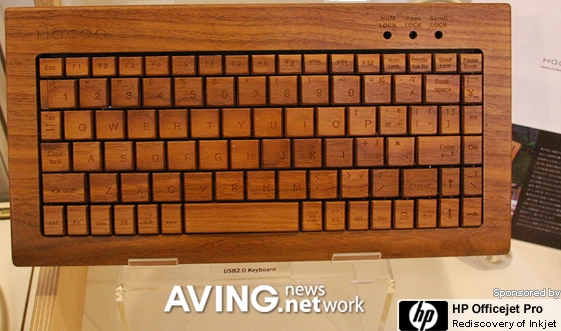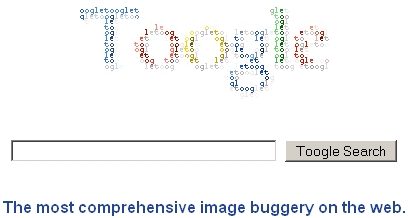Here goes one of my infrequent discussions on using legally free software. I’m not fond of the escalating price of software, especially considering how often new features are unnecessary for anything but to drive the ongoing need for more powerful hardware. And while I do know all the means of acquiring software illegally, I do use legal copies of software. Whenever possible, I download and instally legally free software, whether public domain, open source, freeware, ad-supported (although rarely) or any other means of legitimately free distribution. I do pay and use some applications, such as Nero and X to DVD, if I can’t find a free alternative that I like, but luckily, there are few needs for commercial software in my daily computing time outside of my games.
One of the applications my wife uses frequently is Microsoft Office. I don’t want the bloat from that on my system, but occasionally she works on my computer and needs access to some type of Office product. I’ve worked around this by installing OpenOffice.org (often referred to as OO.o) and Abiword for her to use. Unfortunately, I’m not very strong with OO.o, and sometimes Abiword doesn’t have all the features she needs. So, what to do? Why, I think I’ll buy a book and also read the author’s blog to learn how to better use OO.o. That should be a nice distraction from my other current reading – Beginning GIMP.
You can buy the book from the author for $30 via paypal, or head to Amazon and get it for $59.99. I have no idea why the price difference, but I’ve ordered my copy from the author.
So to reiterate – if you are tired of the cost of commercial software, consider many of the excellent free alternatives (and feel free to contact me for help finding tools for your tasks – I love tracking down stuff online). If you are in the market for office productivity software, consider OpenOffice.org, and read this hints and tips site to learn it (and consider buying the book).
[tags]Random free software commentary, Learn OpenOffice.org, OpenOffice.org tips and tricks[/tags]





 CATS are easy to photograph-if you can tap an unlimited supply of patience. Beyond that, all you need is a camera (I prefer a reflex) with flash attachment. An assistant, portrait lenses, a tripod and a flash extension are helpful, but by no means essential.
CATS are easy to photograph-if you can tap an unlimited supply of patience. Beyond that, all you need is a camera (I prefer a reflex) with flash attachment. An assistant, portrait lenses, a tripod and a flash extension are helpful, but by no means essential.
